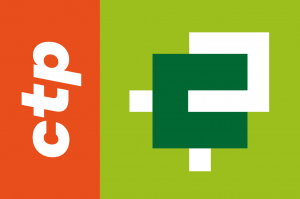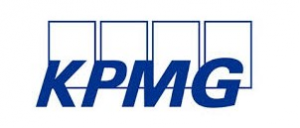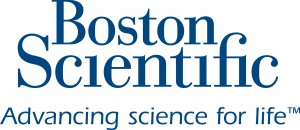The UniCredit Economics Chartbook
15.10.2013Company: Amcham
The latest UniCredit Economics Chartbook. Some changes to US and Fed forecasts, mostly reflecting weaker-than-expected data during the summer and heightened uncertainty caused by the government shutdown and the debt ceiling impasse were made.
Monthly recap
■ EMU: Our constructive growth outlook remains on track. The last month has been characterized by positive news both on hard and soft data, although this is unlikely to prevent a technical GDP deceleration in 3Q13 as some of the one-off factors that boosted growth in 2Q13 reversed. However, this slowdown will be temporary and in the final quarter we expect growth data to catch up again with improving sentiment indicators. We still think that the ECB will eventually launch another long-term liquidity injection, but the delay in the Fed’s tapering of asset purchases eases the pressure for immediate action. An ECB move before 1Q14 now seems unlikely.
■ US: The government shutdown has delayed several important data releases, so that the assessment of the current situation is based on a very limited set of information. The information that is available indicates that the US economy expanded somewhat slower than we had expected during the summer. We are, therefore, lowering our 3Q13 GDP growth estimate to 2.0% from 2.8%. In addition, we will need to reduce our 4Q13 GDP forecast, from 2.8% currently. Not only will the government shutdown subtract from growth, but the lasting uncertainty over the debt ceiling will weigh on domestic demand, notably business spending. Depending on the length of the shutdown – and assuming that the political parties will be able to avoid a default by agreeing on a short-term extension of the debt limit – we will lower our current-quarter forecast to 1%-2% (if they do not reach an agreement on the debt ceiling, the GDP impact will of course be much bigger). As regards monetary policy, we now expect the Fed will begin to moderate its asset purchases in late January. If the negative implications from the budget battle on the economy and financial markets are too severe, tapering might even be delayed until mid-March.
■ CEE: Differentiation across CEE continues. Within Central Europe, the recovery in activity is gaining traction, supported by stronger external demand, favorable monetary conditions, and a shift in fiscal stance. In contrast, we expect growth in Russia to remain lackluster, while there are clear signs of a slowdown in Turkey. The need for an external anchor in Ukraine and Serbia is becoming more urgent.
■ China: The policy shift in late July together with a firming global economy should, most likely, have led to slightly higher 3Q13 GDP growth, compared to the spring quarter (+7.7% yoy versus +7.5% in 2Q13). While it may also lend a helping hand to the Chinese economy over the next few months (prompting us to moderately revise up the quarterly GDP figures), we doubt that the recent policy shift will have a lasting effect, i.e. result in a notable and sustained growth recovery. The medium-term trend still seems to be heading south. We continue to expect that GDP growth rates will head toward 7% late next year rather than approach the 8% mark.
Publication is attached.







